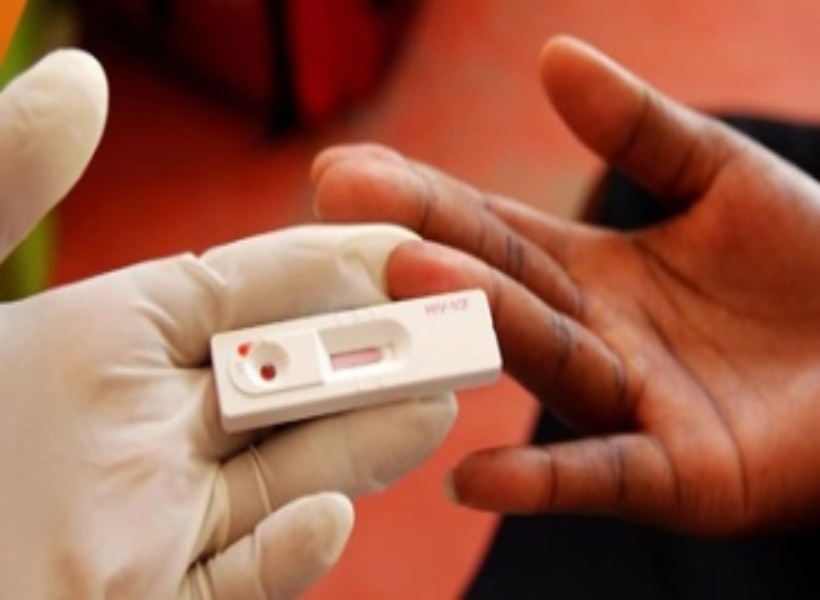Guyana and much of the Caribbean will need to accelerate testing and treatment programmes in order to be on track to reach the joint United Nations programme on HIV/AIDS (UNAIDS’)s 90-90-90 targets by 2020.
This is according to information contained in the recently released UNAIDS ‘Knowledge is Power’ report which underscores that far too many people still do not know their HIV status.
In 2014, UNAIDS and partners launched the 90-90-90 targets which aim at: the diagnosis of at least 90 percent of all HIV-positive persons; the provision of anti-retroviral therapy (ART) for 90 percent of those diagnosed; and achieving viral suppression for 90 percent of those treated by 2020.
But according to the UNAIDS report, currently more than half of the people living with HIV have unsuppressed viral loads. The report highlights that “Despite the critical roles that HIV testing and viral load testing play in the lives of people living with HIV, about one in four globally did not know their HIV status in 2017, and viral load testing coverage remained low in many parts of the world.”
It went on to underline that gaps across the HIV testing and treatment cascade leave more than half of all people living with HIV globally with unsuppressed viral loads, thereby increasing the danger of HIV drug resistance and threatening efforts to meet the impact targets within the 2030 Agenda on Sustainable Development.
According to UNAIDs, the latest available data from countries show that progress towards the 90–90–90 testing and treatment targets has been strongest in eastern and southern Africa, Latin America and high-income countries. Among countries where data were available, 24 countries had achieved or were on track to achieve the first 90, and 26 countries had fully achieved or were on track to fully achieve the second 90. However, progress towards the end goal—viral suppression—is lower. At the end of 2017, just 12 reporting countries had fully achieved or were on track to fully achieve the third 90, which translated to 73 percent of people living with HIV having durably suppressed viral loads.











